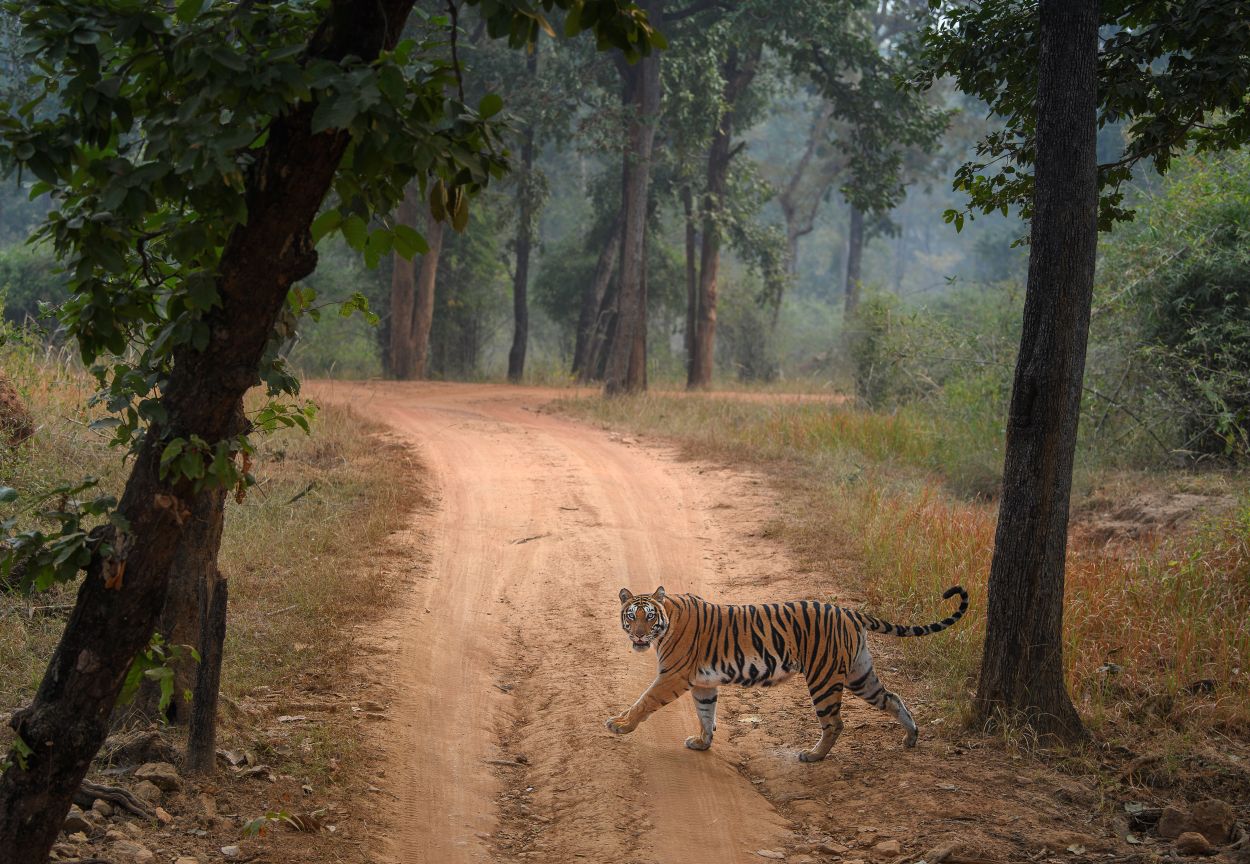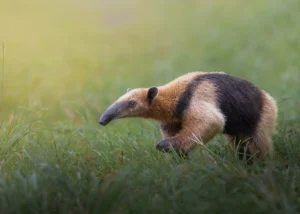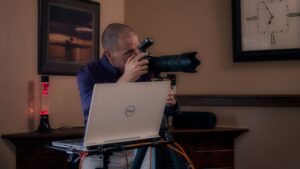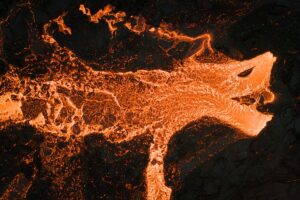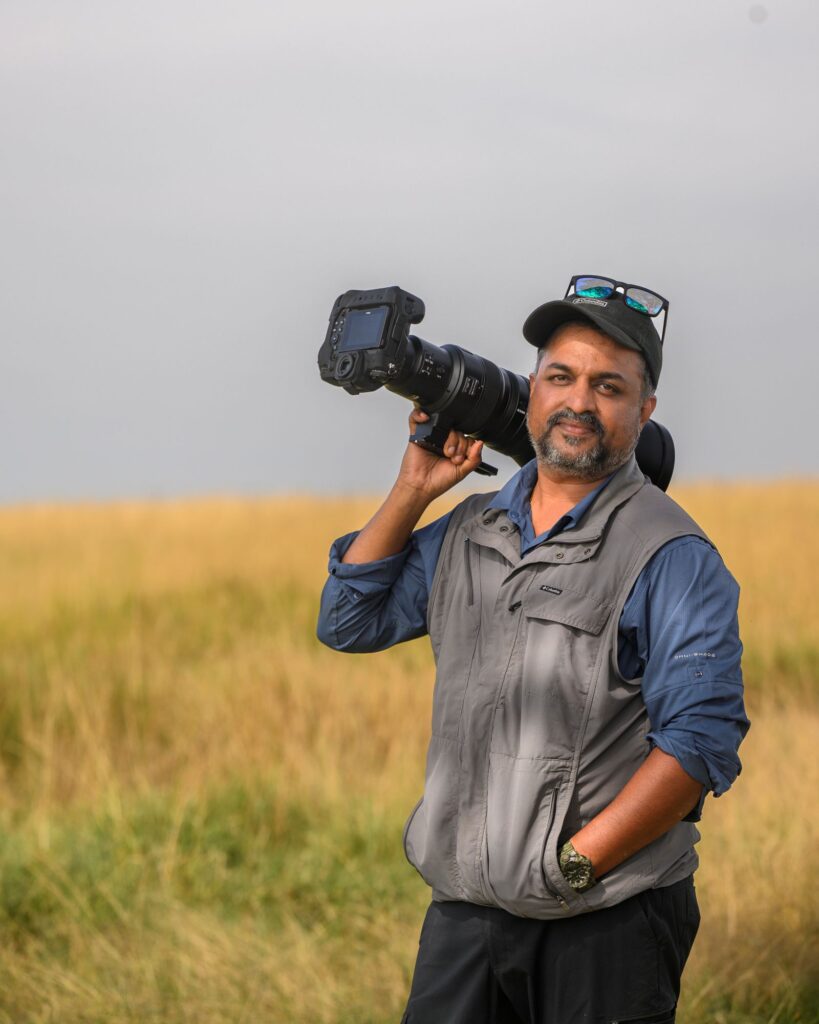
Wildlife photography is less about shutter clicks and more about observation.
Ratish Nair
You can also listen to this episode with Ratish on iTunes, Pocket Casts, Spotify, Castbox, and Google Podcast
Join our photography community today and interact with the host, Perrin, gain access to monthly photo contests, discover daily inspiration, and much more!
Interested in contributing? Visit our Supporter page to find out more.
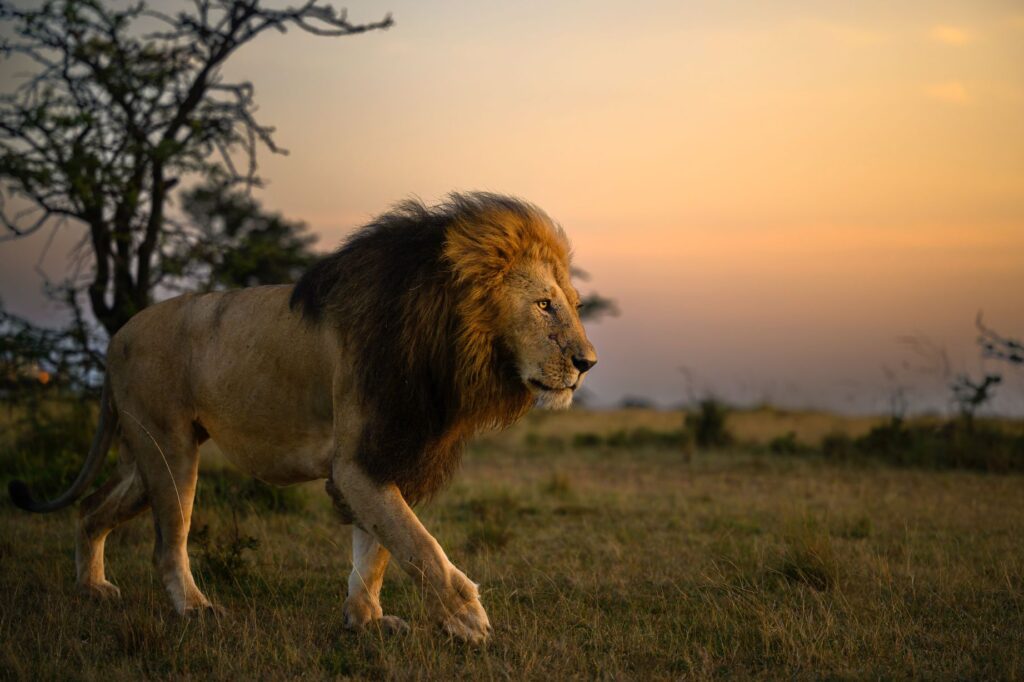
Ratish Nair wasn’t holding a camera the first time he saw a tiger. That moment, just the raw, electric presence of the animal, was enough to stay with him. But it was a few years later, looking through a lens in the Tadoba Andhari Tiger Reserve, when everything changed. A massive male tiger emerged from the trees, locked eyes with him, and then vanished. Ratish got the shot. But more than that, he got the feeling. And from that point on, he knew: he’d be returning to the wild again and again.
In this episode, Ratish shares how that chance encounter shaped a second life, one that led him from a successful corporate career in HR and sales to a path guided by patience, presence, and profound respect for nature. His photographs, especially of big cats, seem to radiate stillness. There’s no chase, no noise, no spectacle. Just quiet moments that reveal themselves when you stop expecting them.
We talk about his ethos as a wildlife photographer-why he enters the forest with no expectations, how he avoids the “circle of fear” with animals, and why environmental storytelling matters just as much as getting the perfect shot. He also opens up about building his workshop practice in India and Africa, connecting with the personalities of individual animals, and the unforgettable moment a young fan told him his photos made her feel better when she was sick.
Here’s some of what we get into:
- How a single look from a tiger launched a photographic journey
- Why Ratish believes wildlife photography is more about watching than clicking
- Lessons from corporate life that now guide his workshops and creative process
- The power of underexposure and moody tones in creating emotional depth
- His evolving focus on character-driven storytelling and documenting individual big cats
Whether you’re a wildlife photographer, a nature lover, or just someone who’s curious about how to see more quietly, this one’s full of perspective, reverence, and heart. Enjoy.
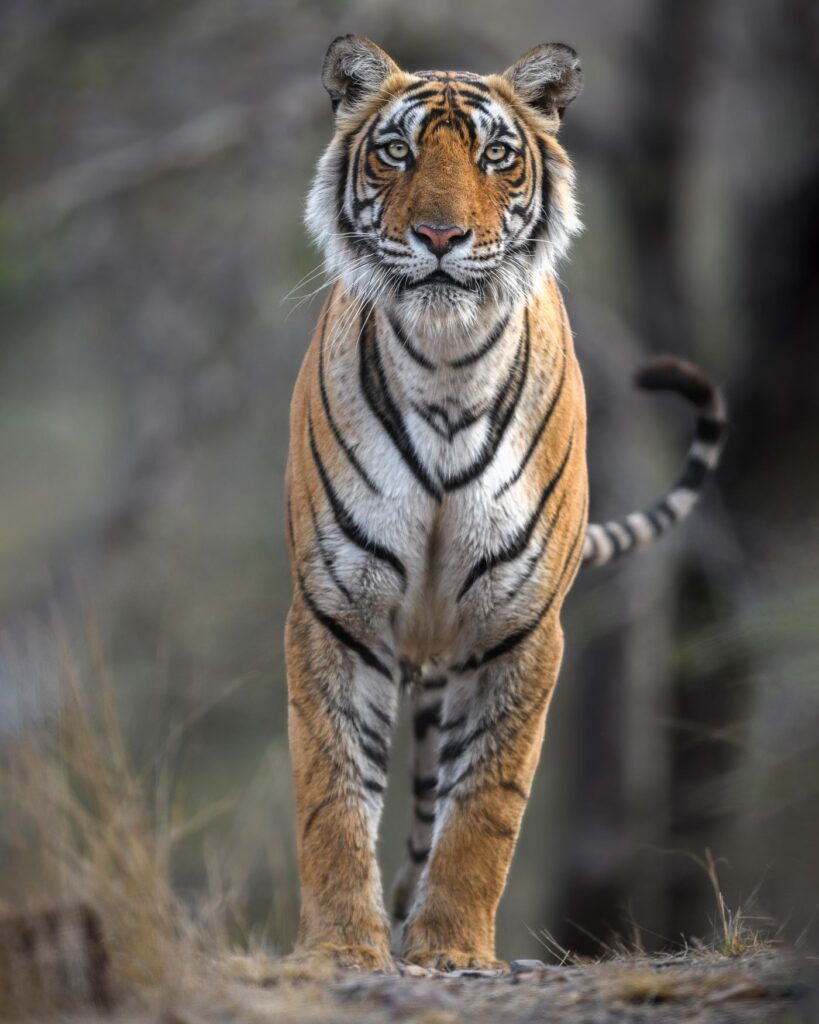
Q: What key elements do you include in a tiger photo to turn it into a story?
Ratish: As a photographer, you’re responsible for every element in the frame, so you must carefully choose what to include and exclude. For me, it’s about adding a sense of place, weather, and drama-for example, capturing a mother-cub interaction not just as a close-up, but including their habitat to show where they live. I look for mountains, beautiful flowering trees, or rocks that add aesthetic depth. This educates viewers who can’t easily visit wildlife areas, letting them see the wild environment and connecting all the dots to tell a complete story.
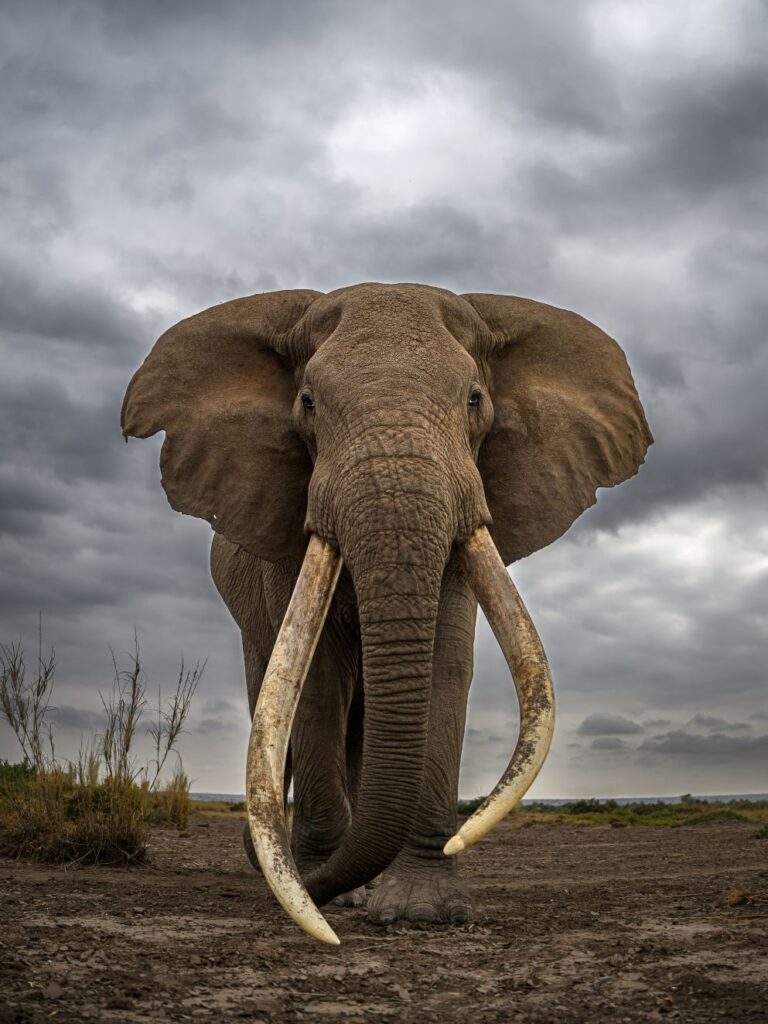
Q: How do you integrate environmental friendliness and conservation into your photography?
Ratish: You protect what you love, whether it’s family or belongings. In India, most people are unaware of conservation needs for forests and wildlife, creating a big gap. As a photographer, I bridge that by telling stories of individual species through photos, videos, and write-ups-not just generic tigers or lions. This evokes emotion, connects people to wildlife, moves them, and gets them thinking about how to protect what they love. It’s simpler than just saying ‘avoid plastic or don’t litter’-first, they need to fall in love with nature.
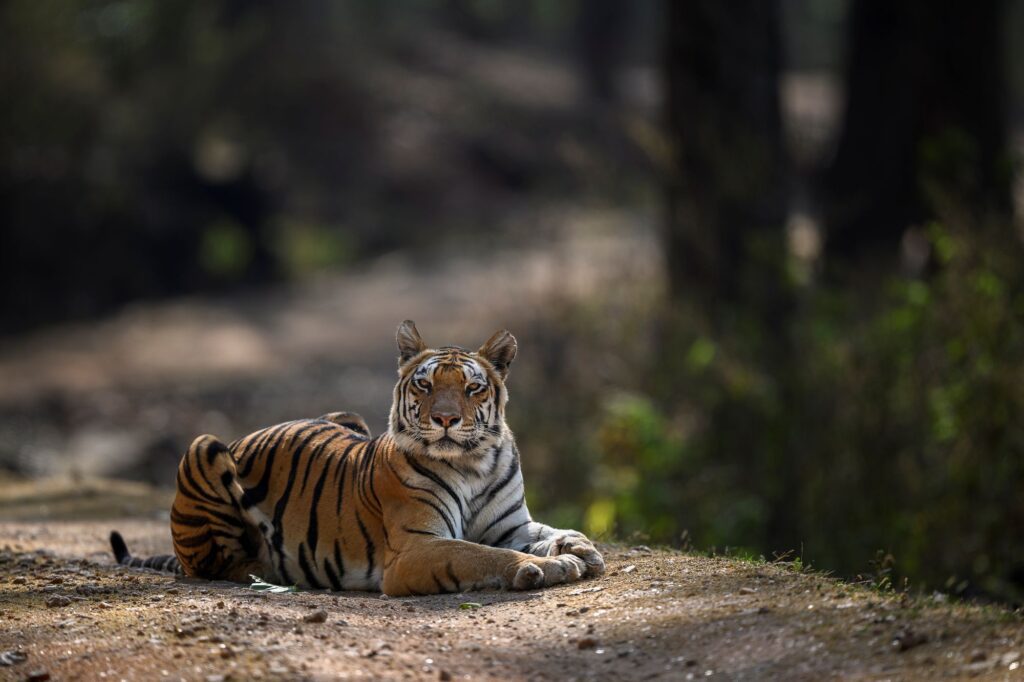
Q: How do you maintain calm with animals, stay outside their circle of fear, and connect while photographing?
Ratish: There’s one key method: give them space, as the spot where you first see a big cat isn’t always the best for photos. From experience, animals grow comfortable, confident, and reveal amazing opportunities when undisturbed. Don’t rush, if you spot one crossing the road, just stop where you are and stay outside their circle of fear. Use your long lenses from afar; no need to get closer. That’s why tigers walk calmly toward me head, down-they feel safe because I give plenty of space, show I’m not a threat, and just want to observe. This builds mutual comfort, so they move fearlessly around you.
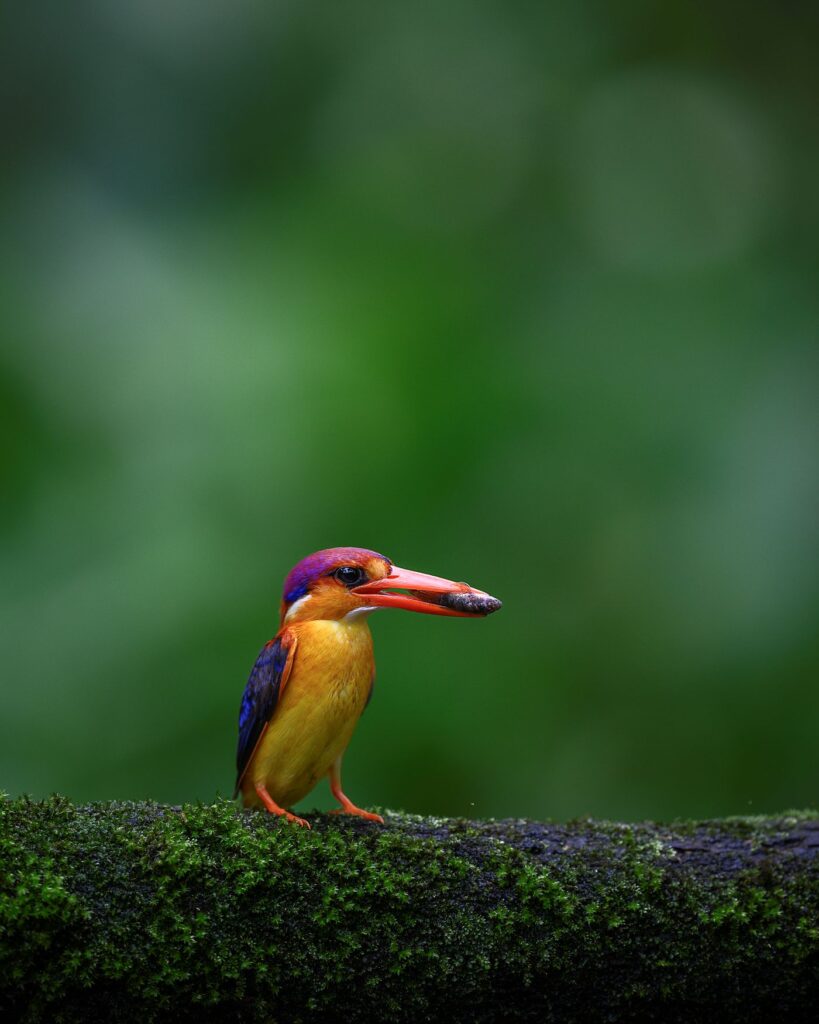
🔗 Connect with Ratish Nair
🧭 What We Talked About
🎼 Early Journey / Origins
- Childhood fascination with cameras, playing with his father’s gear.
- Experimented with mobile phone photography in the early camera phone era.
- First tiger sighting in 2014, but pivotal 2018 moment at Tadoba Andhari Tiger Reserve, huge male tiger stared into his lens, giving goosebumps.
- Self-taught through trial and error in the wild.
- Corporate career: 20+ years in HR/sales, grew Quess Corp Limited from 15-20 to 700,000 employees.
📖 Philosophy / Vision / Storytelling
- Zero expectations + patience + observation—blend in, let nature reveal itself.
- Stay outside the animal’s “circle of fear” for calm images.
- Captures animal mood via moody, underexposed shots for depth/drama/emotion.
- Pure storytelling: “Bring cinema in one still” with habitat, weather, mountains, flowering trees.
- Environmental ethos: Photos/videos/write-ups promote conservation, inspiring wildlife love.
📷 Tools, Gear, & Behind the Scenes
- Builds muscle memory while using the camera as an extension of self.
- Daily practice: Sneak out for quick vision-to-camera translation.
- Use long lenses to respect animal space.
🔁 Practice, Teaching, Platforms
- Runs workshops across India, Sri Lanka, Africa – mentors all levels.
- Tracks growth: Compare photos every 3 months.
- Brand assignments: Promoting luxury resorts in Indian parks.
💬 Advice, Creative Strategy, Challenges
- Observe wildlife in protected parks with guides – learn behavior, spark conservation.
- Be responsible: No littering, reduce plastic 80%, plant trees.
- Corporate skills: Planning/discipline + people skills for workshops.
- Key advice: Zero expectations, patience, focus on emotion/connection.
🌍 Influences, People, Brands, Places
- Key places: Tadoba Andhari, Masai Mara, Samburu, Ranthambore—studied 287 tigers + Orkiri Koi (“lone lion“).
- Brands: Nikon Creator; tree-planting on World Environment Day.
- Influences: Animal behavior studies; corporate mentors; family.
🔮 What’s Next for Ratish
- Packed workshops: India, Sri Lanka, Africa, participant growth focus.
- Brand assignments + luxury resort promotions.
- Deep dive: Individual animal lives, tigers/lions stories via blogs or “cinema in stills“.
- Book incoming (1-2 years): Art + animal stories.
- Never stop learning: More animal behavior for photography + conservation advocacy.


